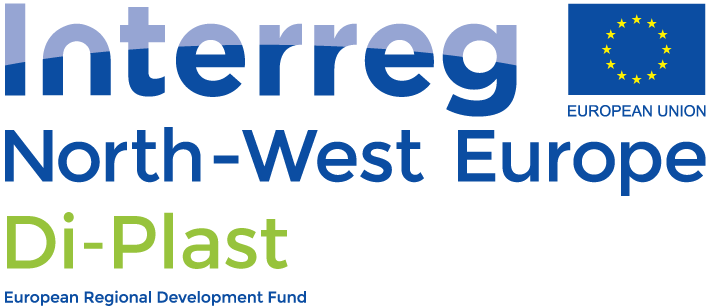Context
The concept of circular economy (CE) is gaining increasing attention as a suitable solution to deviate from the linear economy without neglecting the goals of sustainable development. Closing resource loops and keeping resources in the system at the highest level of use for as long as possible are cited as the main goals of CE. To advance the paradigm change from a linear to a CE, policy frameworks in Europe are getting stricter by specifying that all plastic packaging placed on the EU market by 2030, should be reusable or recyclable. However, there are many barriers to achieving this goal, especially with interconnected process-chains. Often, individual process components, so-called bottlenecks, prevent entire process chains from being implemented effectively regarding CE. These problem areas can only be identified through a holistic CE analysis, which is where this guideline is intended to help. For companies looking for guidance to better understand their own (micro) or supply chains (macro) process chains regarding CE, the following guide provides orientation.
Di-Plast – Digital Circular Economy for the Plastics Industry, is a research initiative funded by the EU Interreg NWE program, which develops solutions for the plastics industry regarding an improved usage of recycled plastic material (rPM) through the application of digital tools, in cooperation with leading experts. Di-Plast currently pursues 4 different pilot programs. The third pilot, “Value Stream Management Pilot” (VSM), emphasizes the visualization and analysis of value chains, respectively a company’s processes. The idea is to deliver value from the customer’s perspective and to continuously improve the process chain by collecting and evaluating the value chain and information flow. Due to the increasing interest in the circular economy (CE) by policy makers and scholars, the adoption of circularity principles alongside the implementation of a value stream is being analyzed.
The upcoming guideline follows the in introduced ideas, as well as new concepts, and applies it to the standardized VSM tool firstly mentioned by Rother & Shook in their book “Learning to See: Value Stream Mapping to Add Value and Eliminate Muda” and consequently defined under the ISO 22468. The use cases for this guide coincide with the use cases for the lean-centric version with the adoption of circularity, which targets the development of close and slow loops, as well as minimized waste and sustainable value chain. The following guideline targets a broad user pool, such that any user, like either an external consultant or an internal coordinator responsible for lean can assess and evaluate any value chain from a circular perspective, whilst simultaneously pursuing a continuous improvement process.
For more information on using VSM to gather, process, and apply end-of-life (EOL)-process information to provide the beginning-of-life (BOL) with critical information about a CE-adapted product design, refer to x.
Disclaimer:
The material and information contained in this document are to be used as guidance and not to redefine the already consolidated VSM method or to educate the practitioner on basic lean principles. The Di-Plast project team is not responsible for the consequences of the incorrect application of the content.
